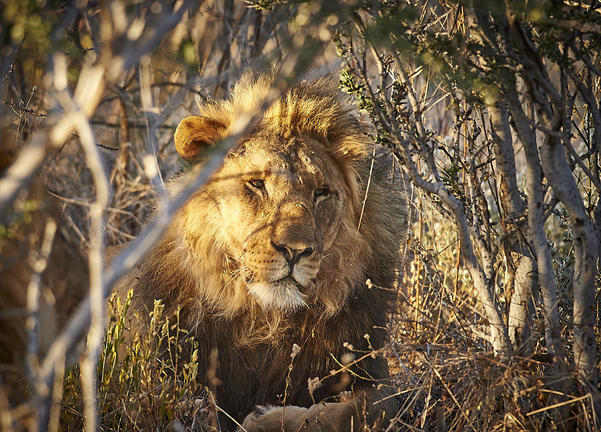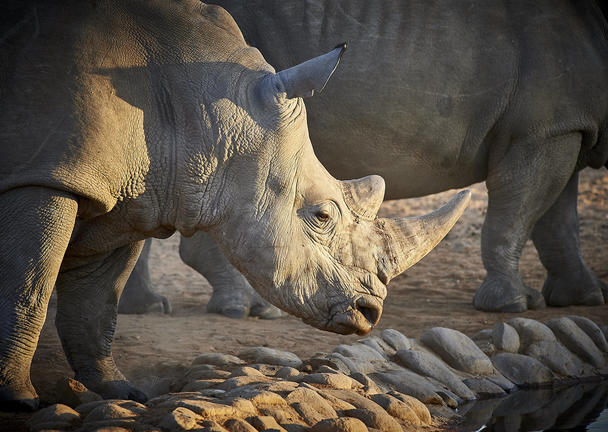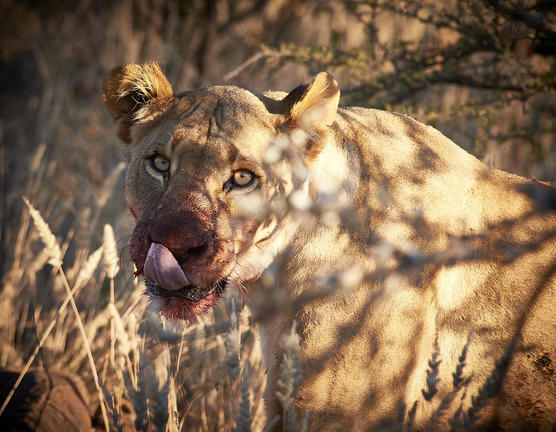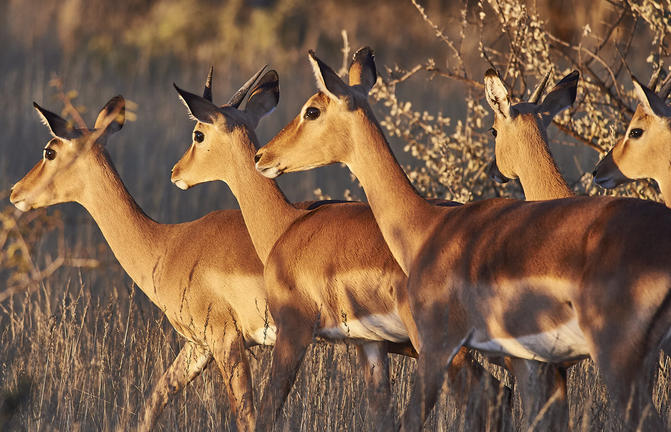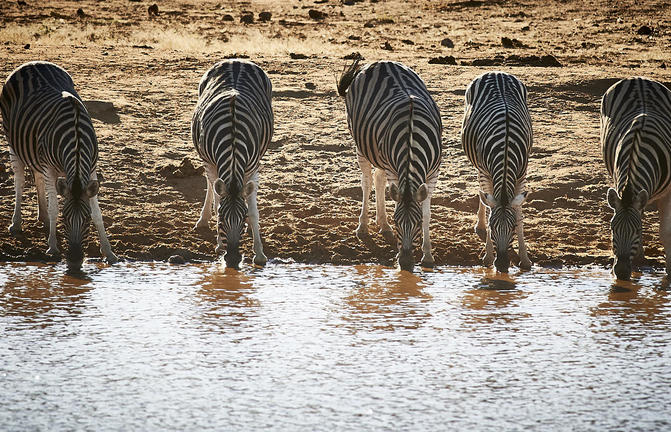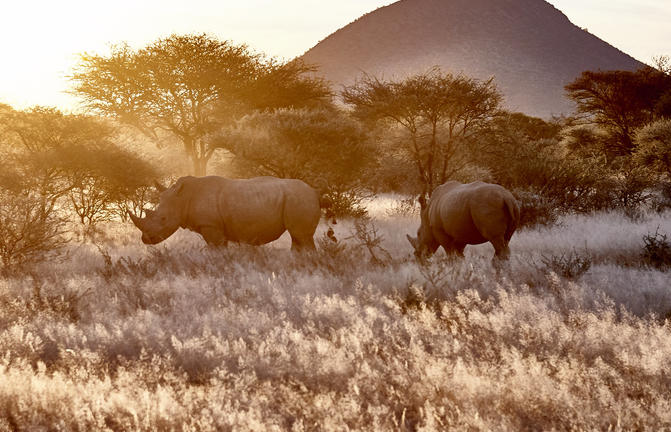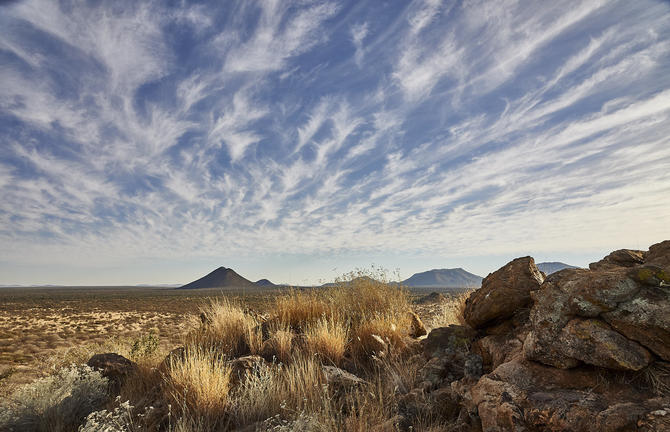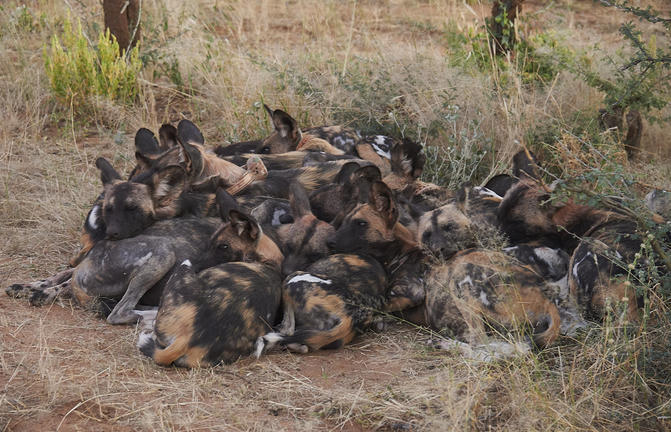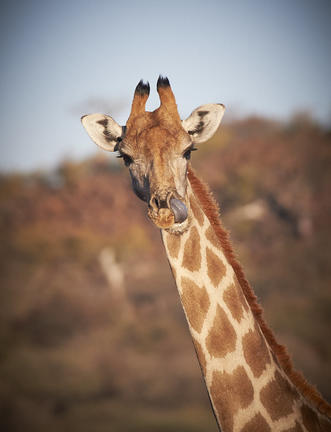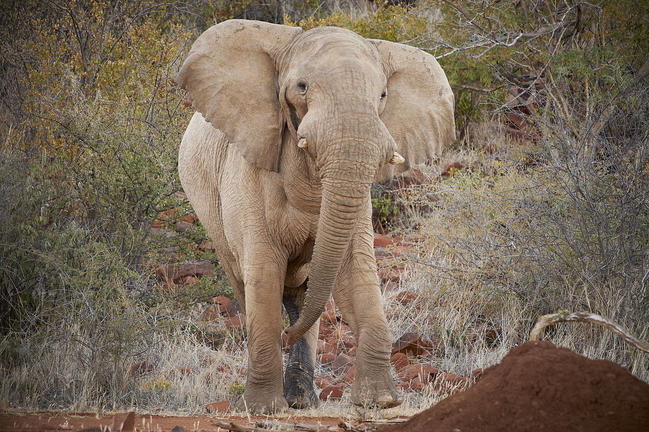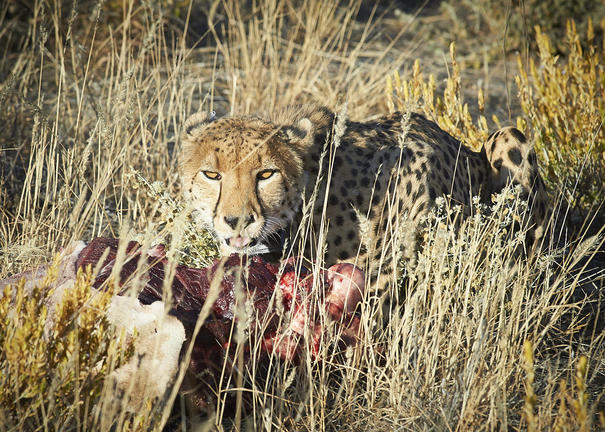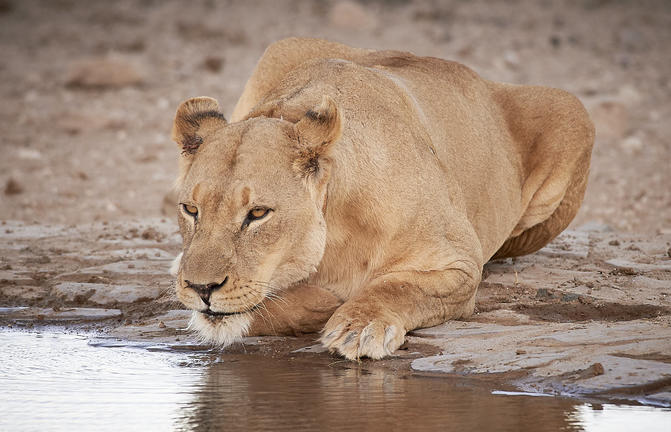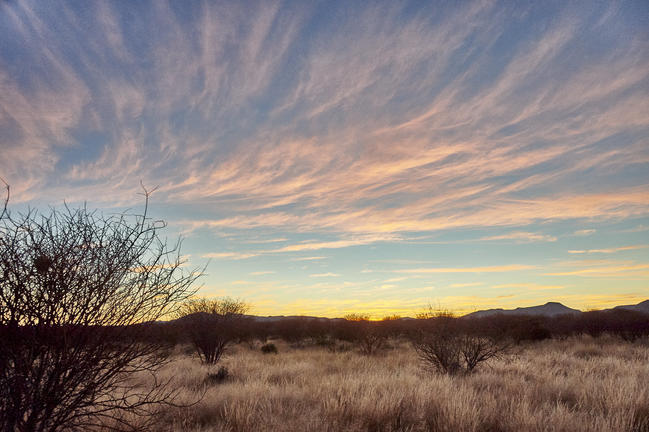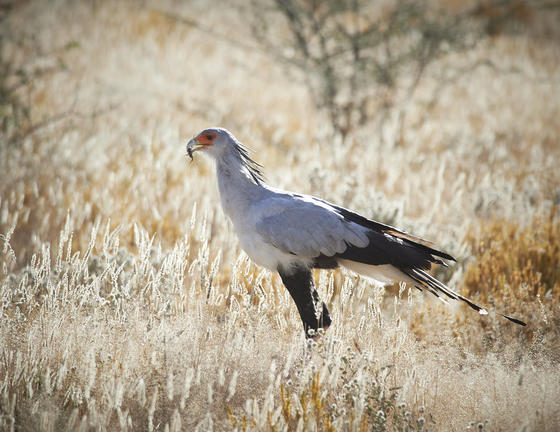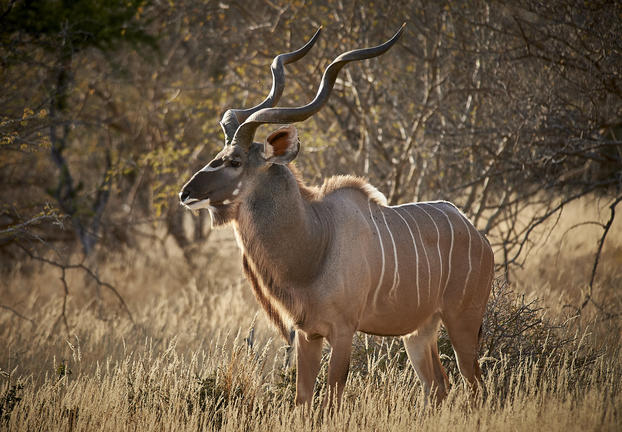Located in southwestern Africa, Namibia boasts a well-developed infrastructure, some of the best tourist facilities in Africa, and an impressive list of breathtaking natural wonders. Visitors can explore the capital of Windhoek and discover the lovely coastal town of Swakopmund boasting remnants of the country’s German influence, reflected in the architecture, culture, cuisine and the annual Oktoberfest celebrations. To properly appreciate this extraordinary country, you will have to venture out of the cities to explore the remarkable natural landscapes Namibia has to offer. These include: the impressive Fish River Canyon; the vast Etosha National Park teeming with abundant wildlife, such as lions, desert-adapted elephants and the Hartmann's Mountain Zebra; the hauntingly beautiful Kalahari Desert; and of course the Namib Desert stretching for over 2000 km along the magnificent Atlantic Coast. Namibia is an ideal destination for travellers seeking an unforgettable African experience in a uniquely beautiful untamed wilderness.
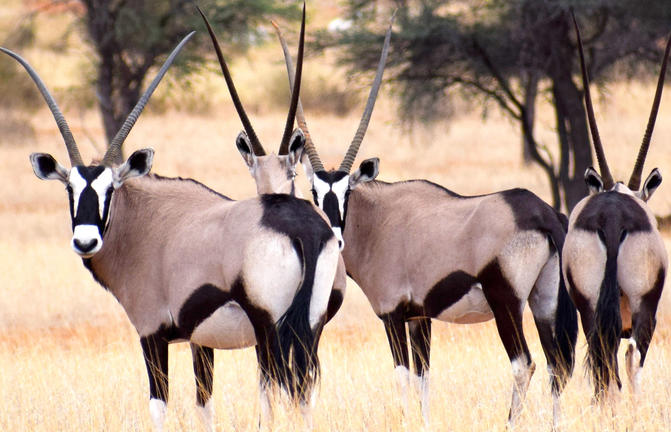
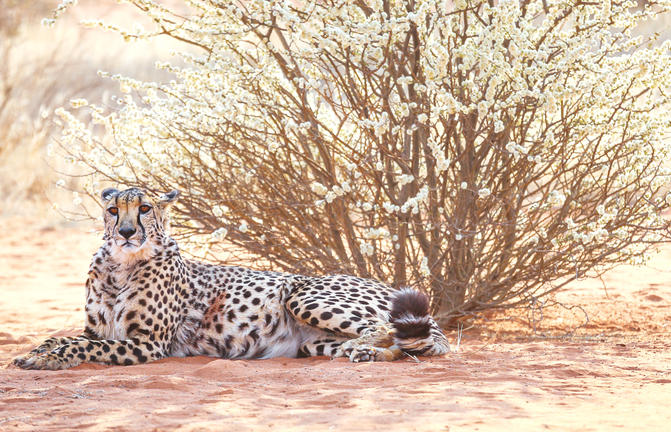
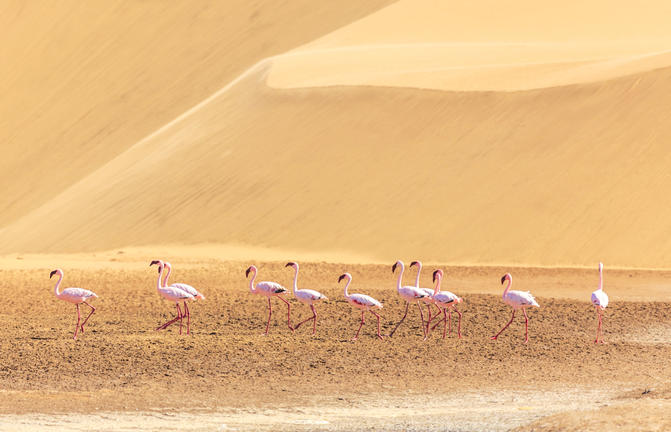
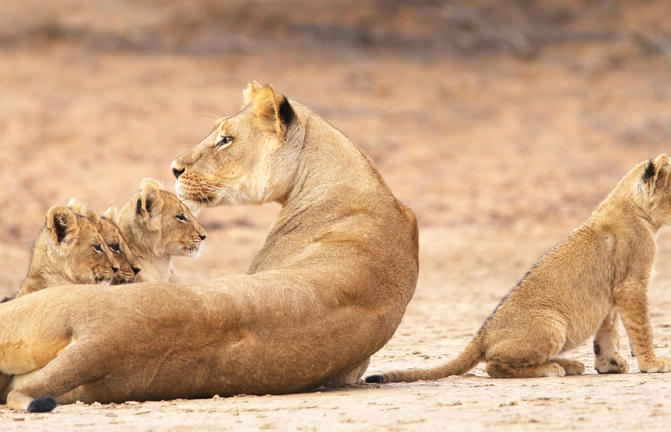
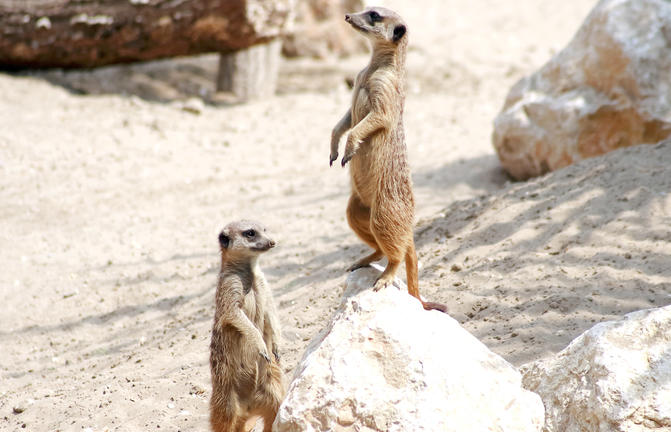
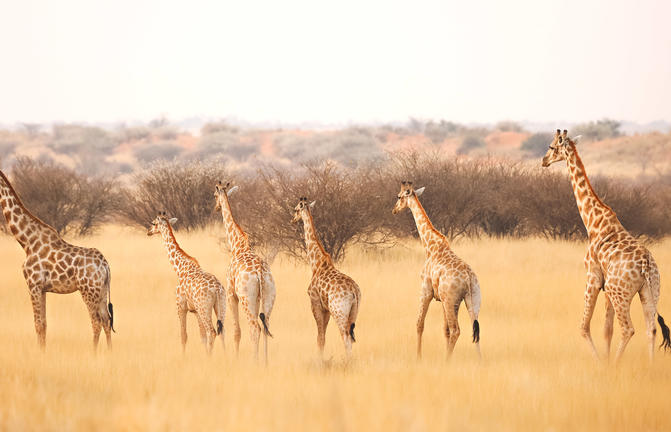
The Kalahari is an exceptionally beautiful living desert a large semi-arid sandy savannah draped over a gently rolling inland sea of sand covering most of Botswana and large parts of Namibia and South Africa. It is also the last bastion of the San people with the modern world having enveloped all the other areas they once roamed. Here in Namibia it is typically red sands covered in thin, wispy, mostly golden grass and dotted with acacia trees and wide ranging wildlife including gemsbok, impala, jackals and cheetah.
The intermittent Fish River has created Africa’s largest and the world’s second largest canyon. Hot, dry and stony the 160 km long, at times 27 km wide and 550m deep canyon is awe inspiring. At the southern end are the renowned hot springs of Ai-Ais.
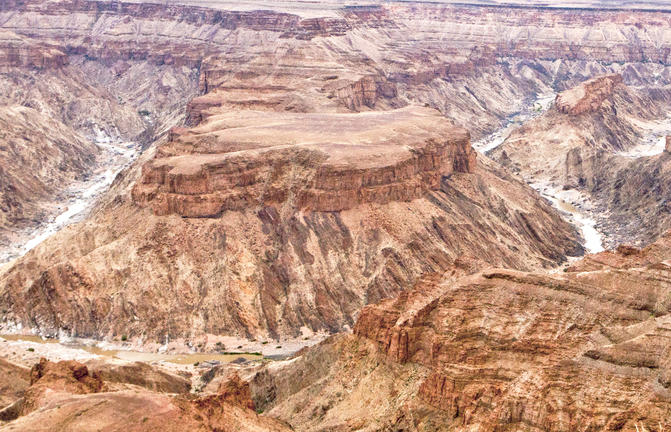
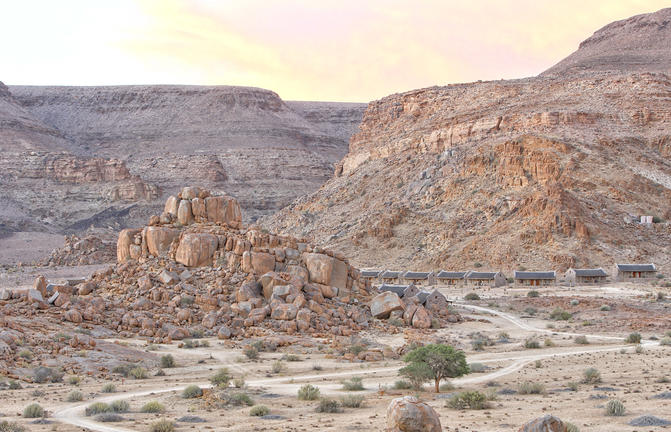
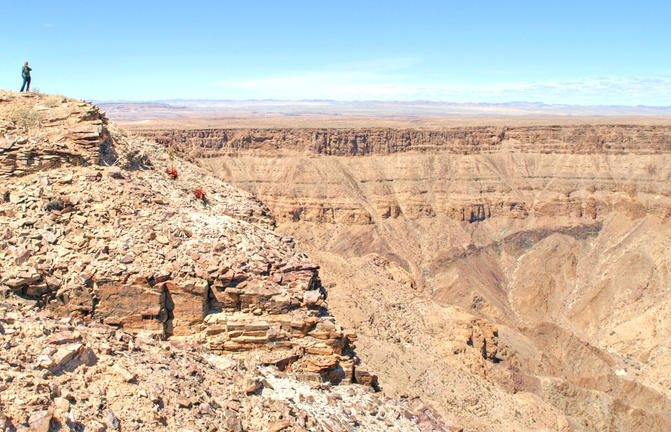
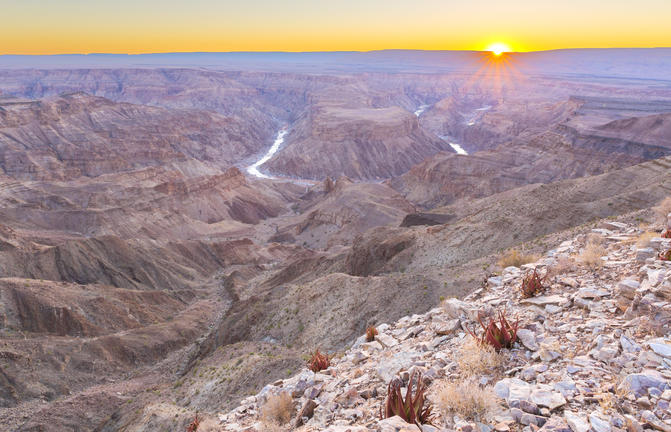
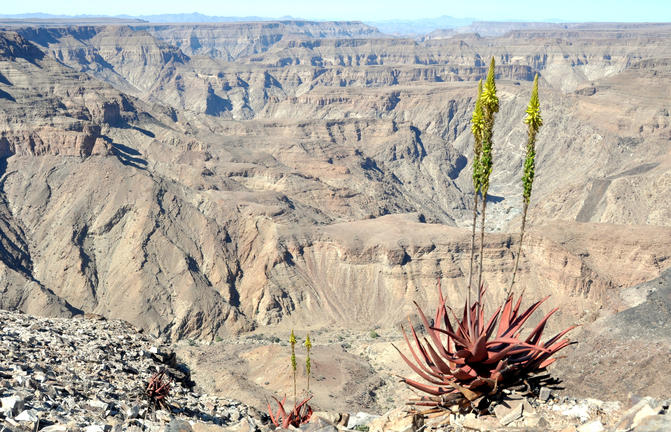
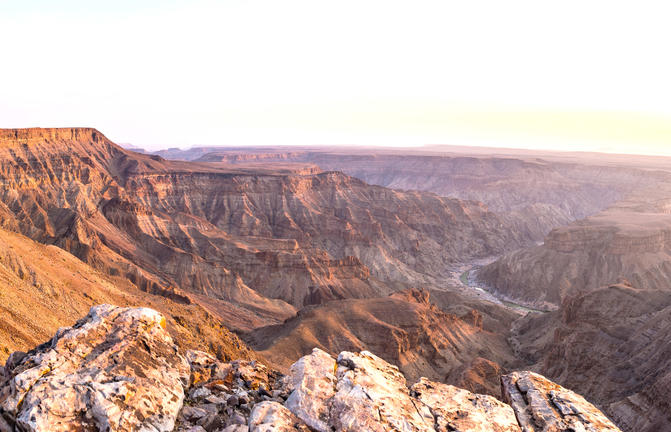






This region is typified by the Succulent Karoo. The distinctive climatic characteristics of the Succulent Karoo make it different from all other deserts in the world. Rainfall is reliable and predictable, falling mostly in winter, and prolonged droughts are rare. The Succulent Karoo’s botanical diversity is unparalleled by any other arid region on earth and is the world’s only plant hotspot that is entirely arid. This ecoregion is home to greater than 5,000 higher plant species, nearly 40 percent of which are endemic, and 18 percent of which are threatened. It has the richest succulent flora in the world, harbouring about one-third of the world’s approximately 10,000 succulent species. Other unique features include the diversity of miniature succulents (435 spp.) and geophytes (bulb-like plants 630 spp.). The ecoregion is also a center of diversity and endemism for reptiles and many invertebrate taxa, especially monkey beetles (Rutelinae: Hoplinii). The Namib Desert ecoregion to the north is characterized by extremely low and variable summer rain (less than 50 mm per year), and extremely sparse plant cover, dominated by ephemerals. To the east lies the Nama Karoo ecoregion, a low open shrubland with variable grass cover and highly variable rain that falls mainly in the late summer months.
Sossusvlei is where you will find the iconic red sand dunes of the Namib. The clear blue skies contrast with the giant red sand dunes to make this one of the natural wonders of Africa and a photographers heaven. Aside from the attractions at Sossusvlei - Dune 45, Hiddenvlei, Big Daddy and Deadvlei - other attractions in the area include the Sesriem Canyon and Namib-Naukluft National Park, where the mountains of the Namib meet its plains.
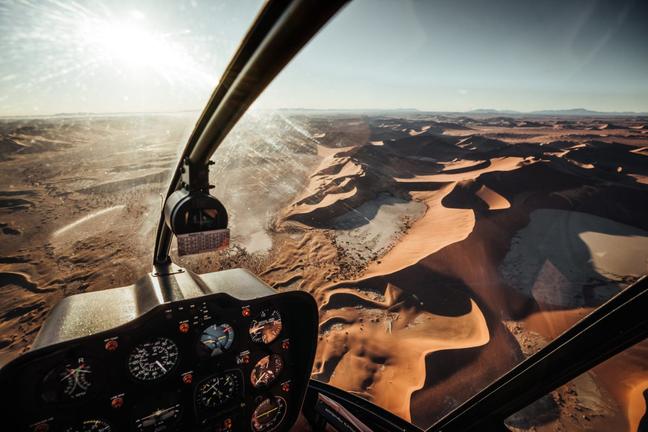
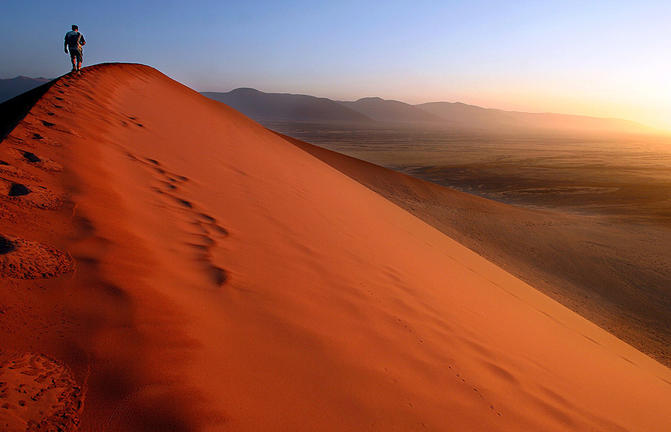
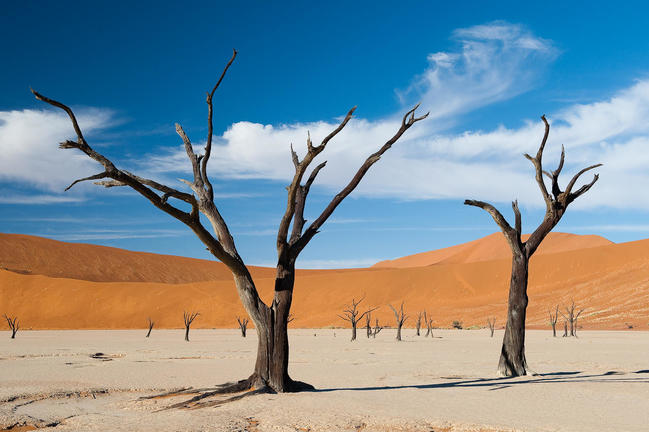
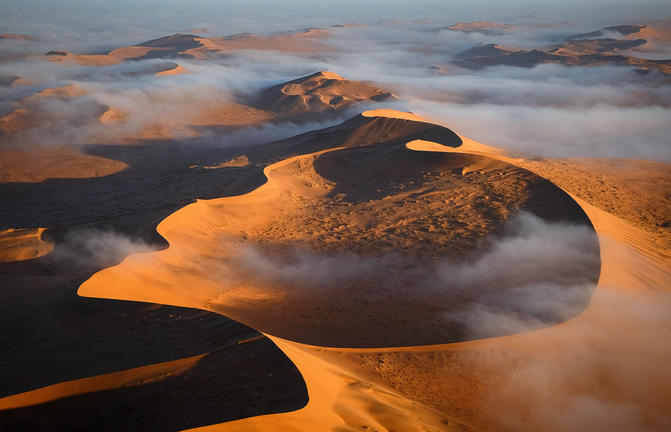


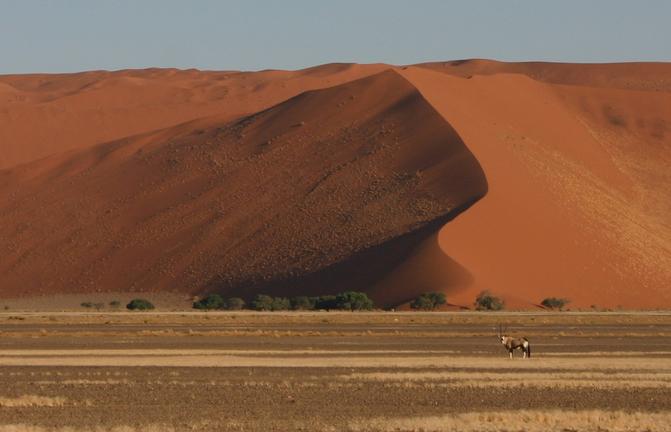
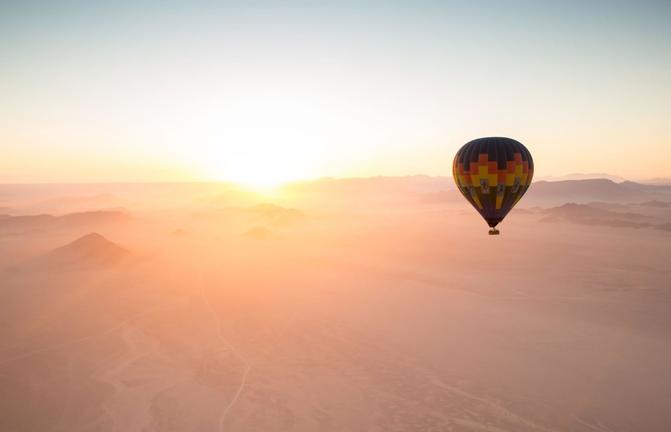

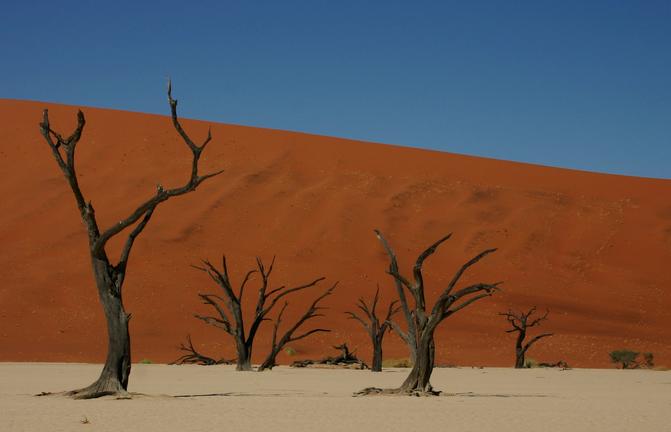
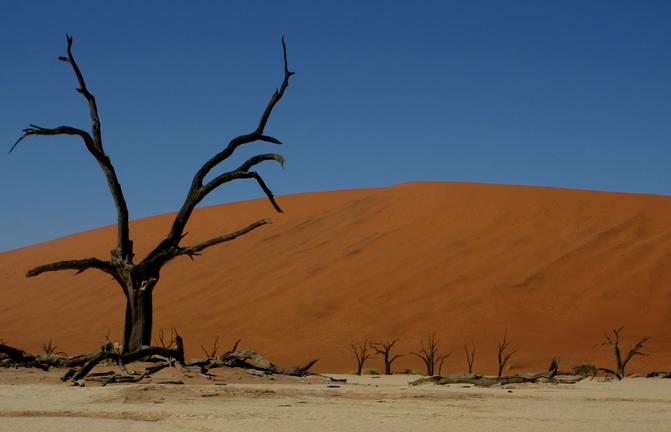
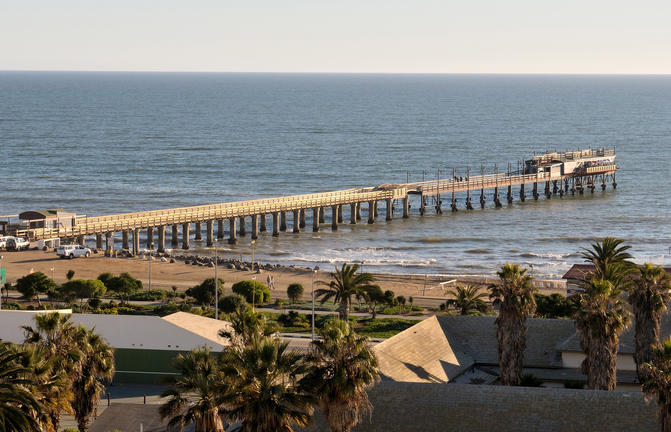
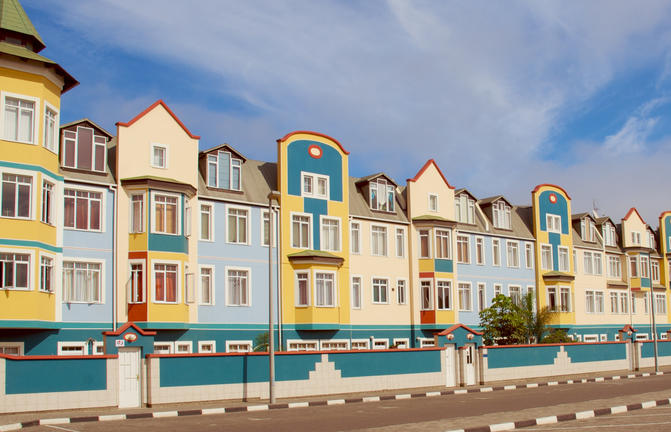
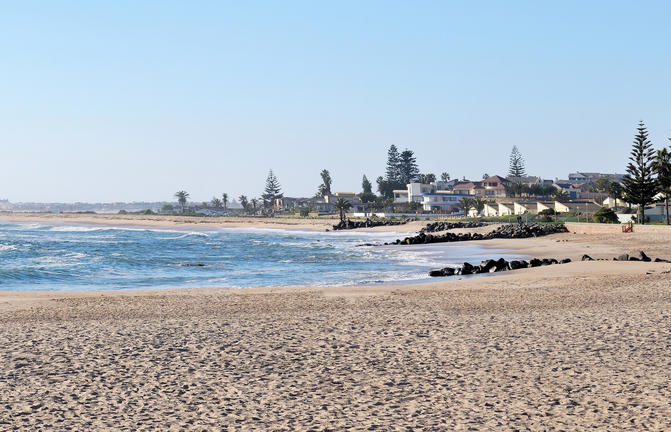
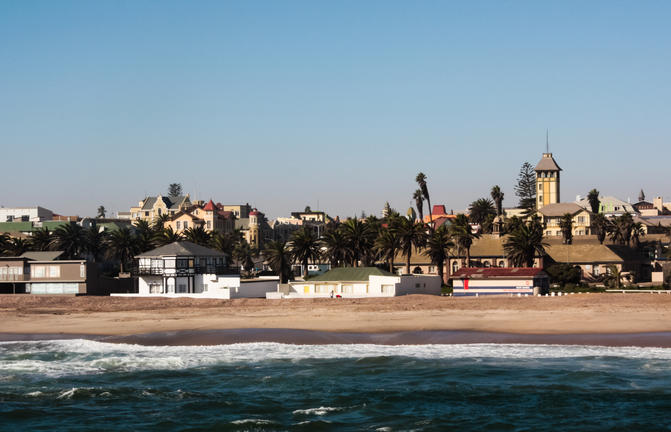
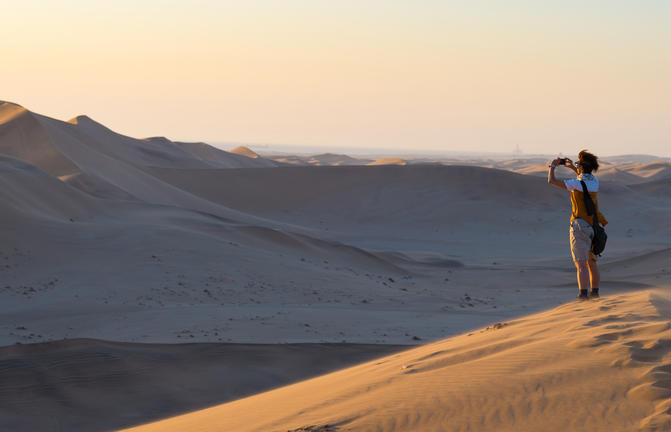
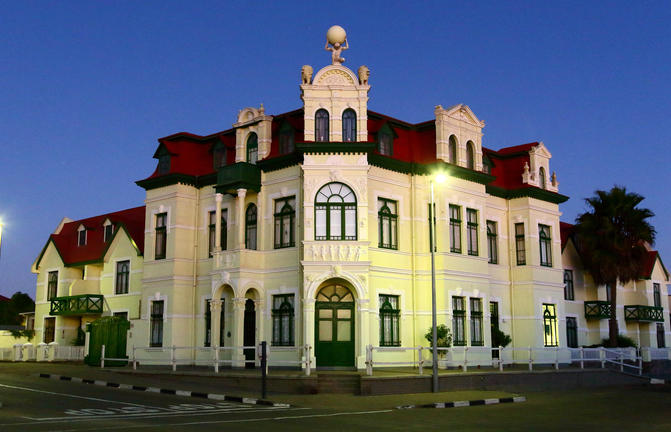
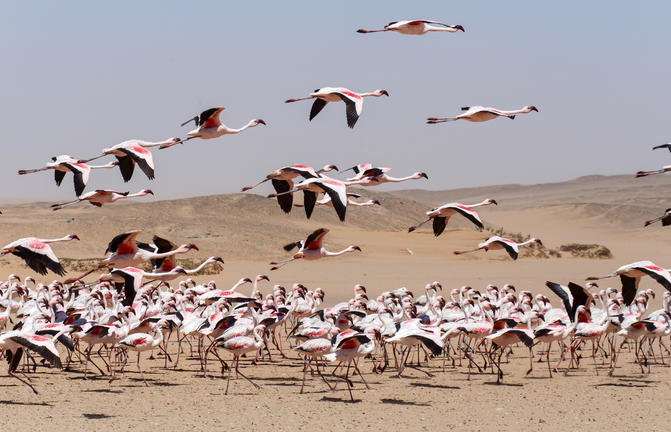
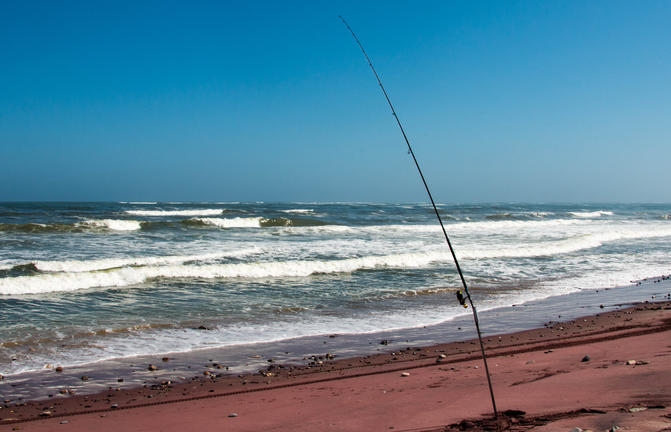
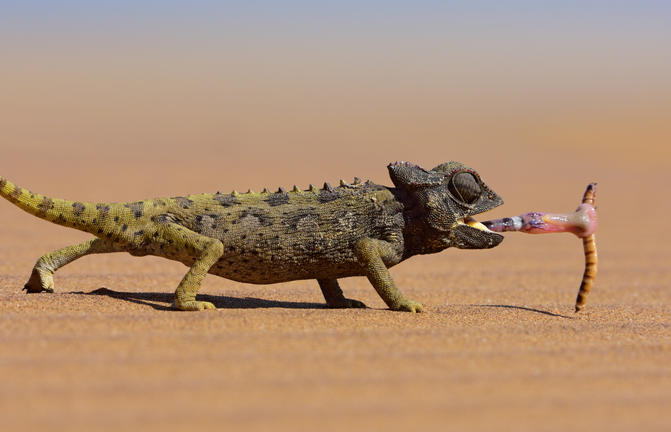
Set along the spectacular Namibian coastline, the seaside town of Swakopmund is known for its wide open avenues, colonial architecture, and is surrounded by otherworldly desert terrain. Founded in 1892 as the main harbour for German South West Africa, Swakopmund is often described as being more German than Germany. Now a seaside resort town, Swakopmund is the capital of the Skeleton Coast tourism area and has plenty to keep visitors happy. The quirky mix of German and Namibian influences, adventure options, laidback atmosphere and cool sea breeze make it very popular Namibian destination. Visitors can look forward to a number of exciting activities including: quad biking, horse riding, paragliding, fishing, sightseeing and fascinating desert tours.
Situated in Namibia’s desolate, awe-inspiring Namib Desert, between Usakos and Swakopmund and about two hours’ drive from Swakopmund, the Spitzkoppe are a group of bald granite peaks forming one of Namibia’s most recognizable and dramatic landmarks. These enormous towering domes are a mecca for hikers and mountaineers, from beginners interested in guided historic walks to professional climbers seeking an adrenaline boost. Numerous ancient rock paintings can be visited as part of a guided walking tour. The extreme, barren landscapes and striking rock formations create an excellent setting for photography.






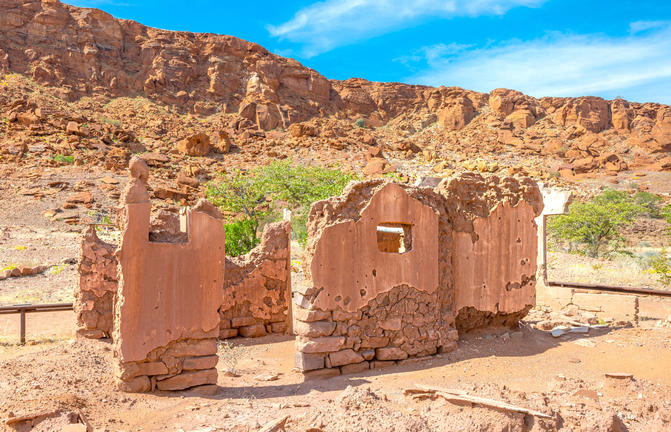
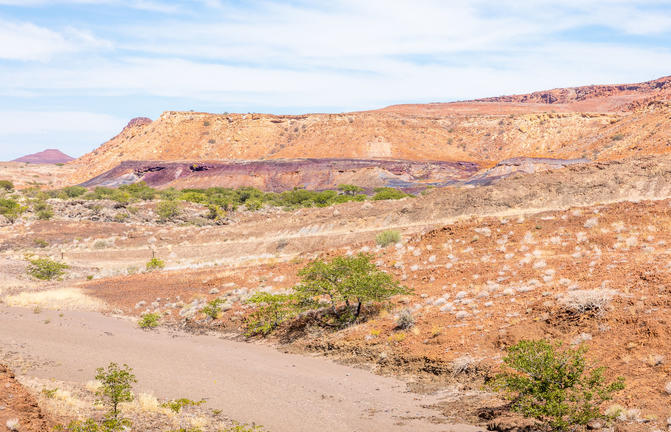
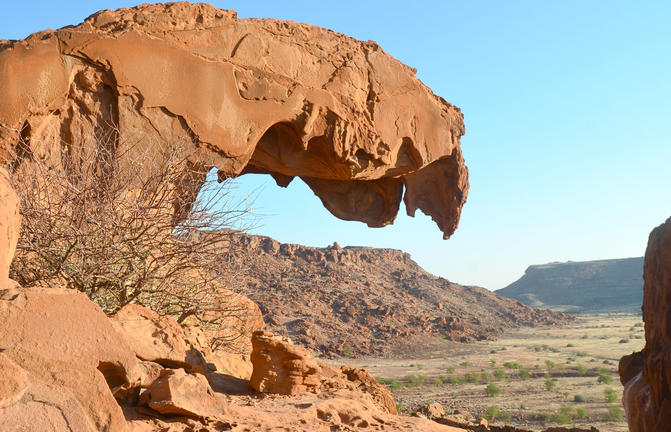
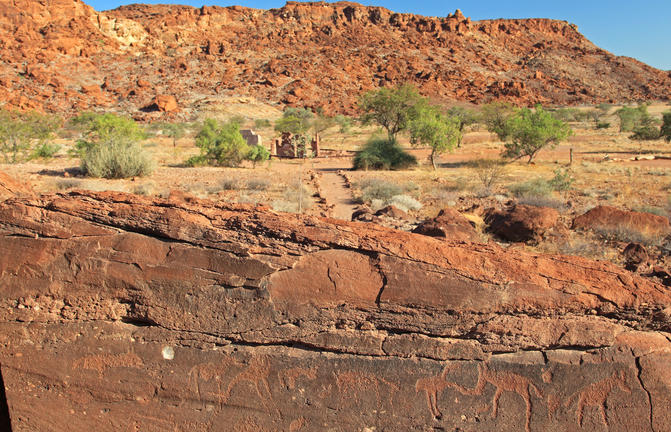
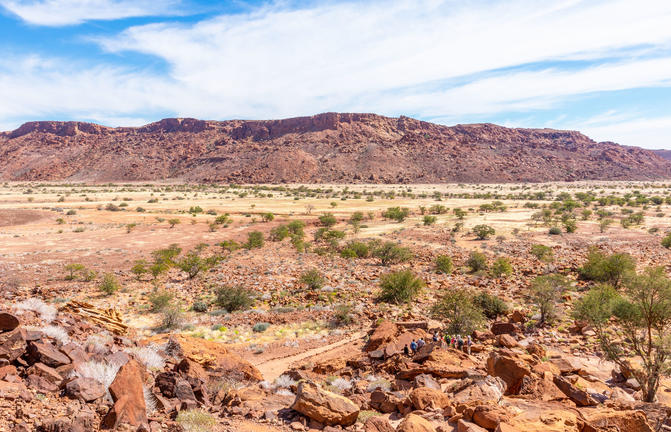
Set in the Kunene Region of northwestern Namibia, Twyfelfontein is a spectacularly scenic area, featuring one of the largest and most important concentrations of rock art in Africa. The name ‘Twyfelfontein’ translates to ‘Fountain of Doubt’, which refers to the perennial spring situated in the impressive Huab Valley flanked by the slopes of a sandstone table mountain. It was this spring that attracted Stone Age hunters over six thousand years ago, and it was during this time that the extensive group of rock engravings and paintings were produced. Visitors can look forward to basing themselves at some wonderfully shady campsites along the Aba-Huab riverbed, while exploring over thirty different sacred ritual sites of the traditional hunter-gatherer communities.
The Etosha National Park is Namibia's premiere game viewing experience, situated in the northwest of Namibia and is an area well known for its wildlife. Vegetation ranges from dense bush to open plains attracting a diversity of wildlife. In the heart of the Park is The Etosha Pan - a shallow depression that covers an area of 5000sq kilometres. Dry and shimmering for most of the year, the pans fill up with water after good rains to a depth which is seldom deeper than 1m. In the dry season wildlife is attracted to perennial springs and waterholes that makes for excellent game viewing. Within the park are three large public rest camps catering for the more budget orientated traveller. There are several smaller establishments on the outskirts of the park on private land offering a more intimate and comprehensive experience. All of these establishments offer excellent value for money.
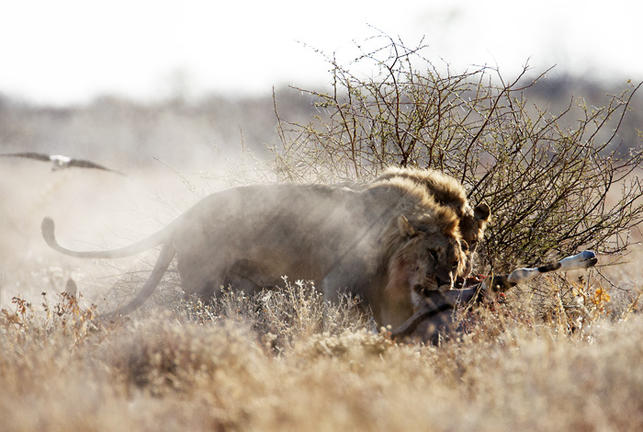
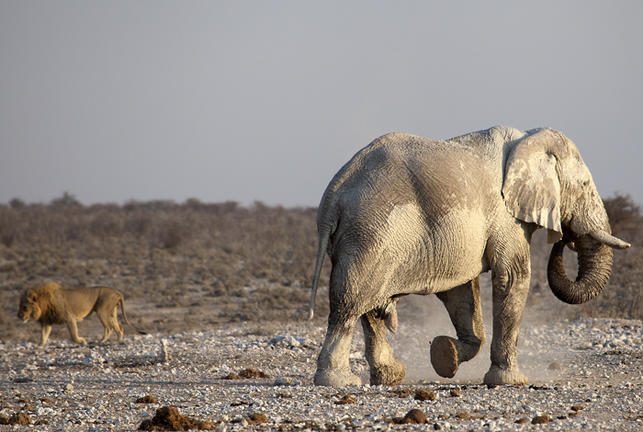
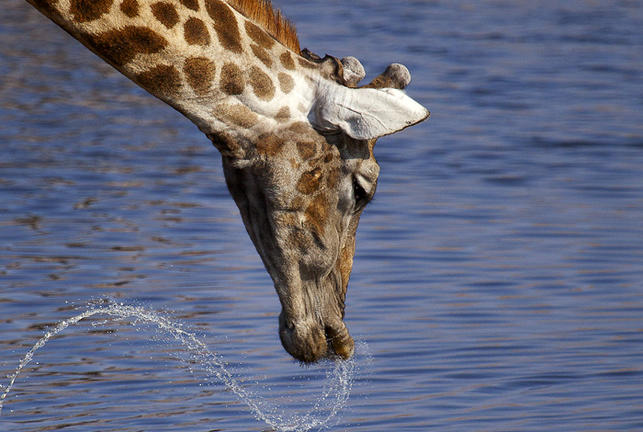
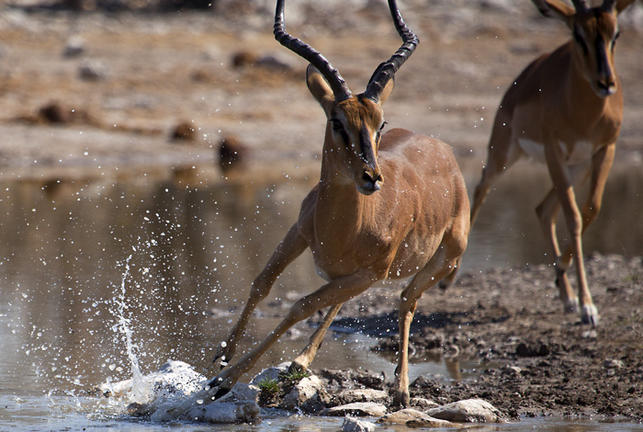
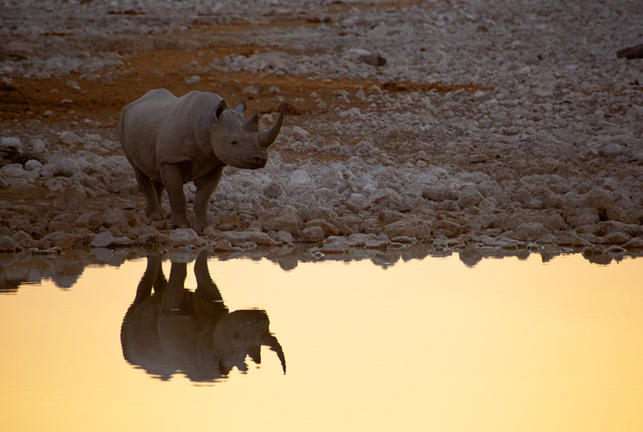
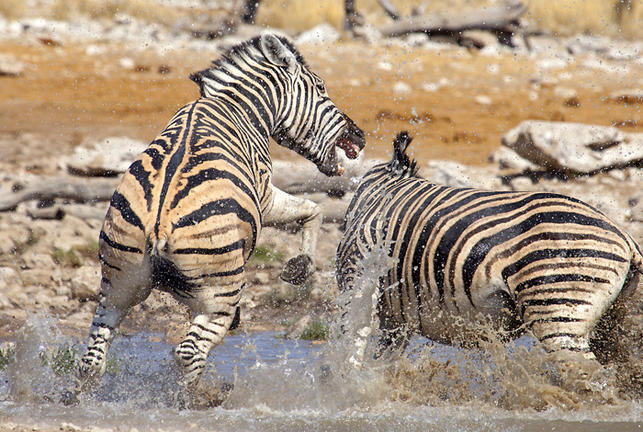
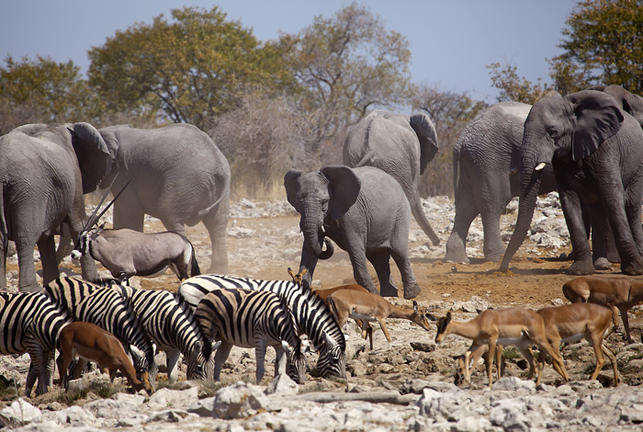
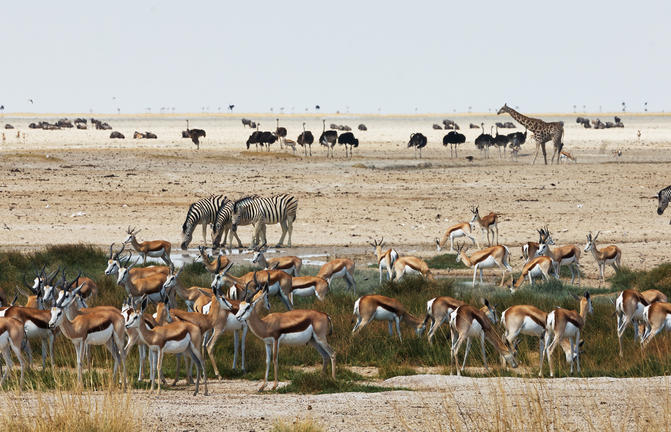
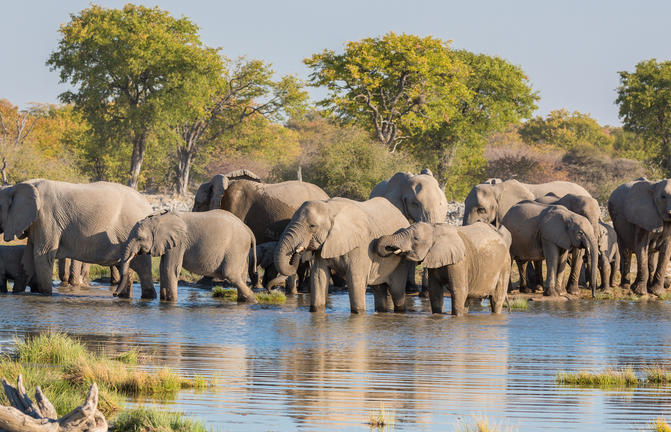
















Located in Northwestern Namibia, Etosha East is a protected sanctuary in the eastern part of the world-renowned Etosha National Park, known as one of the most accessible game reserves in Southern Africa. Etosha East boasts vast open plains scattered with semi-arid savannah grasslands dotted with watering holes and secluded bush camps. An impressive 5000-square-kilometre Etosha salt pan makes up a large area of the eastern side of the park and can even be seen from space. This remote area teems with abundant wildlife such as lions, elephants, black rhinos and giraffes, as well as a variety of birdlife featuring flamingos, ostriches, eagles, hornbills, and owls.
Located southeast of Omaruru, the Erindi Game Reserve is a spectacularly scenic protected reserve in northwestern Namibia. ‘Erindi’, meaning the place of water boasts incredible lush scenery. Stretching over 79000 hectares, this natural wonderland features comfortable accommodation options and magnificent landscapes encompassing grasslands, savannah, and rugged mountains inhabited by an abundance of diverse wildlife. This idyllic retreat is also known for its ecotourism, rich cultural heritage, and community involvement. Visitors can look forward to cultural village tours, San rock art, guided bush walks and thrilling game drives to view elephants, giraffes, rhino, lion, hyena, zebra, kudu, wildebeest and many other animals. Don’t miss the opportunity to jump on a night drive to catch a glimpse of the nocturnal species that thrive in the dark wilderness.
